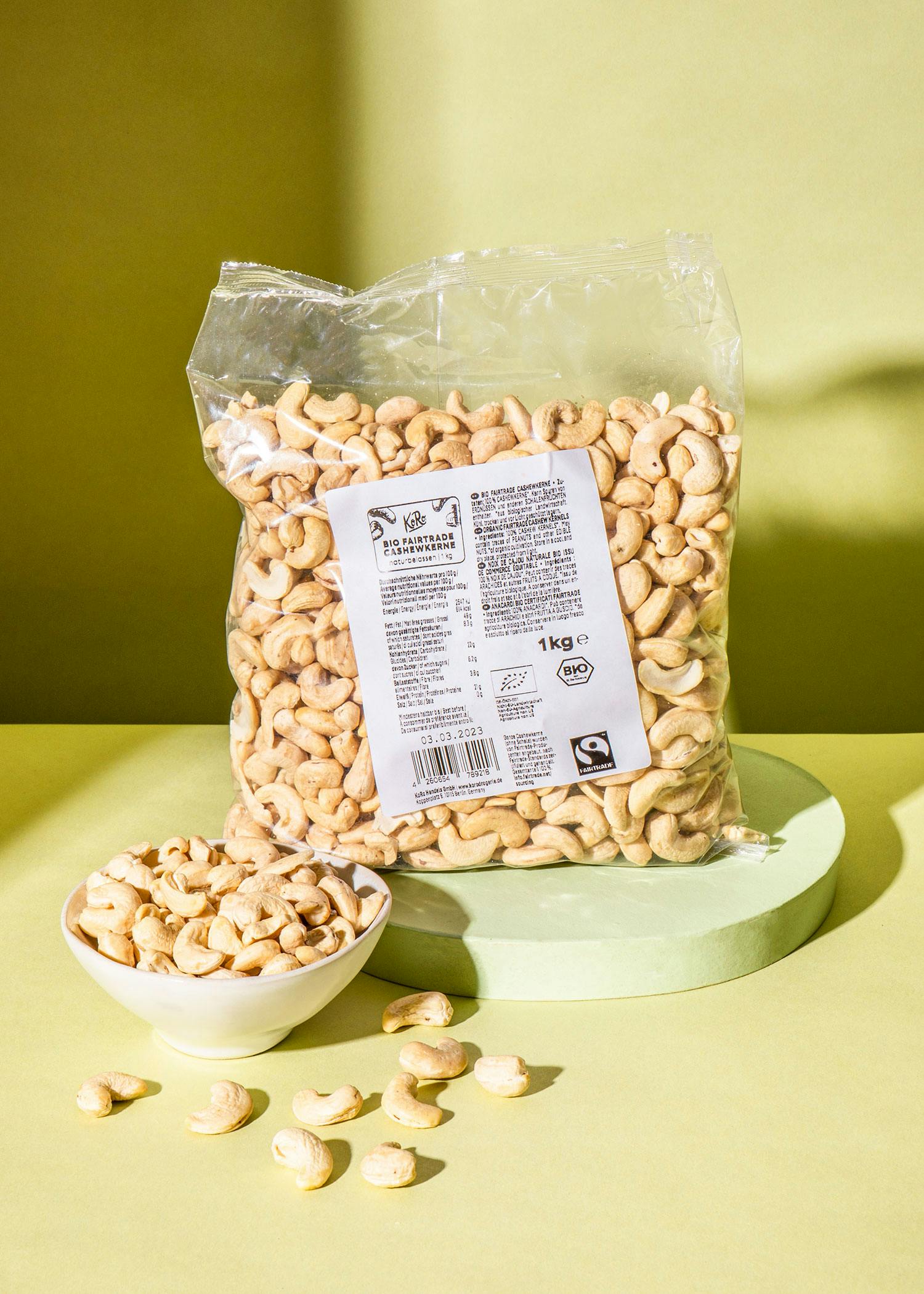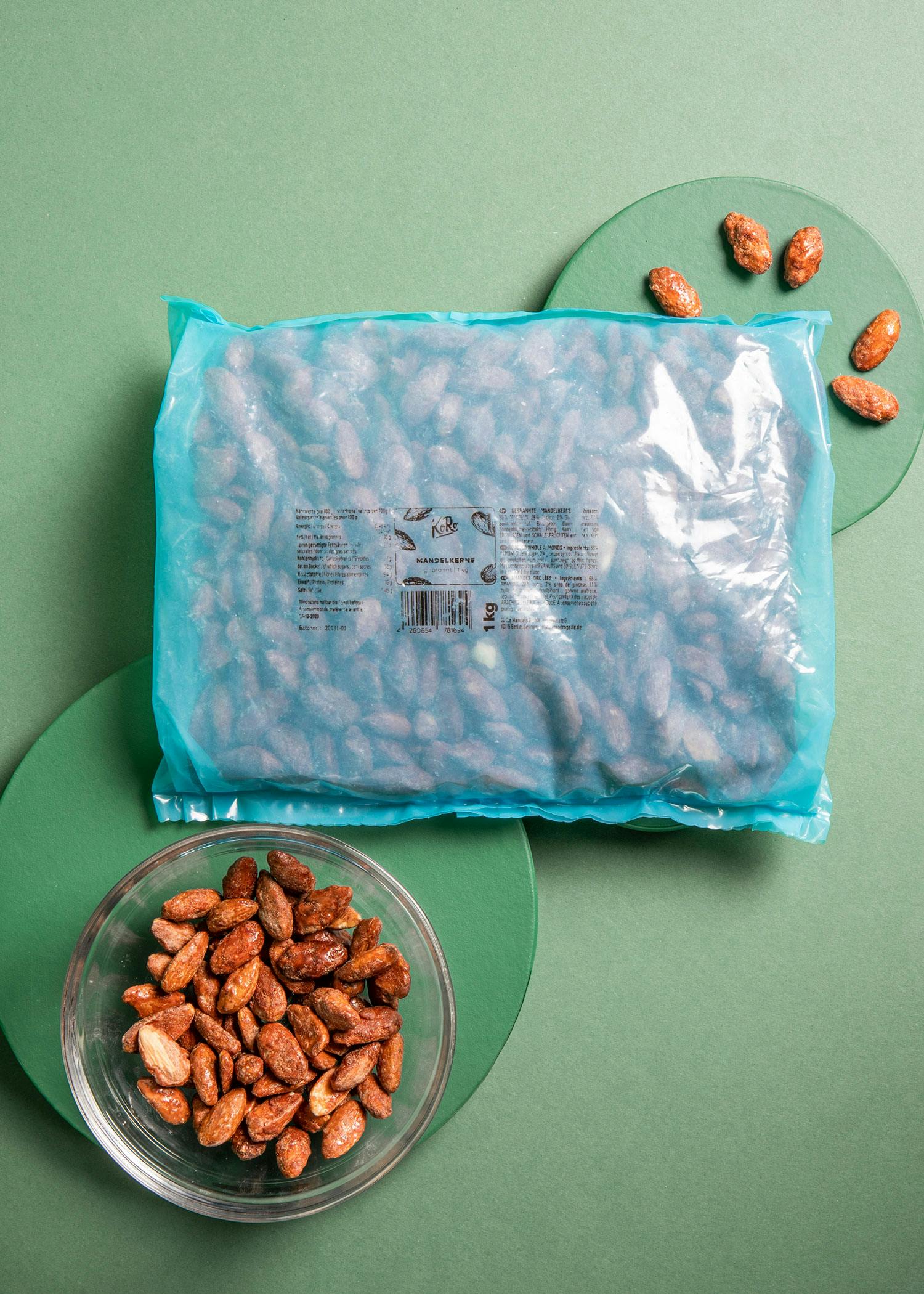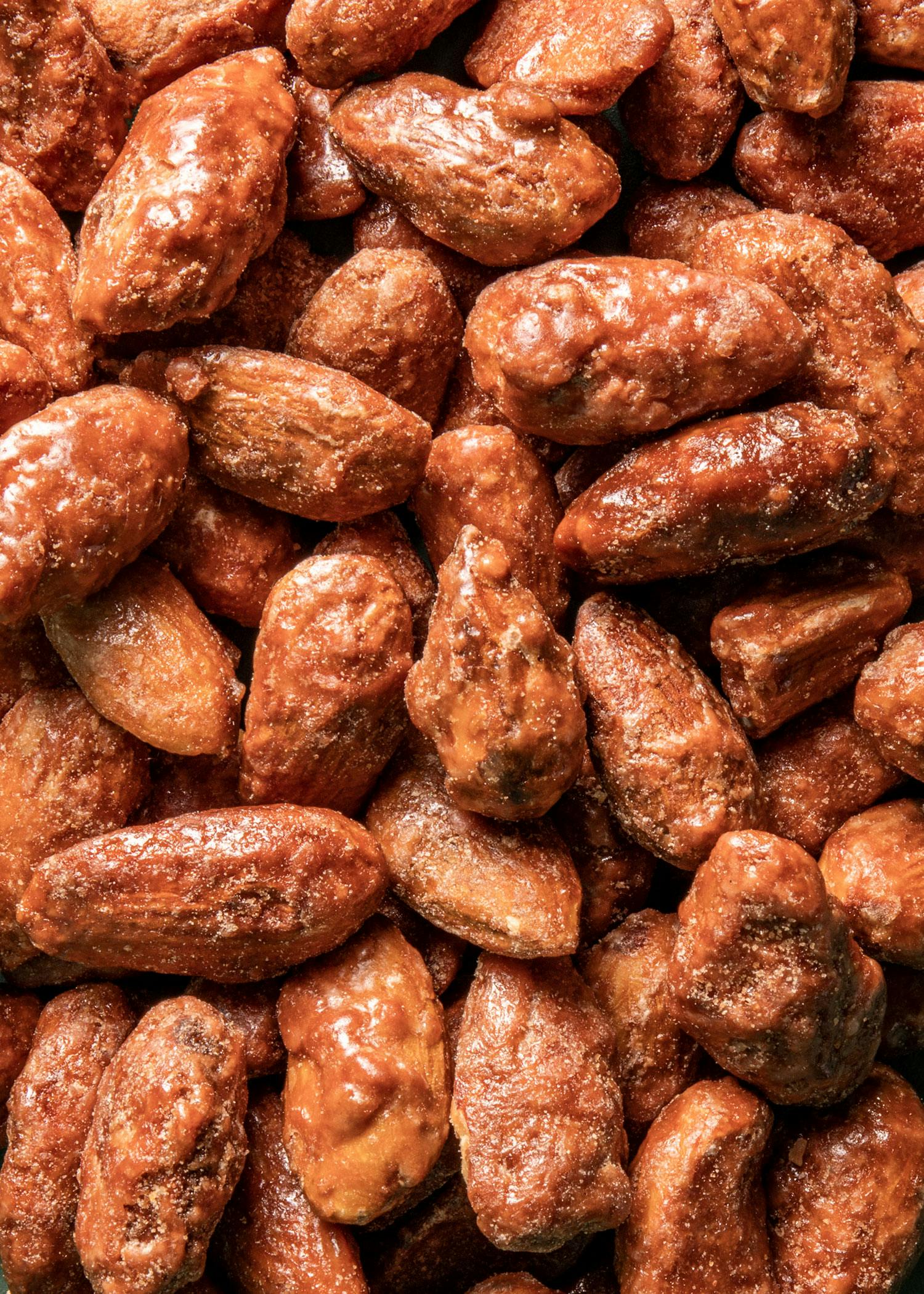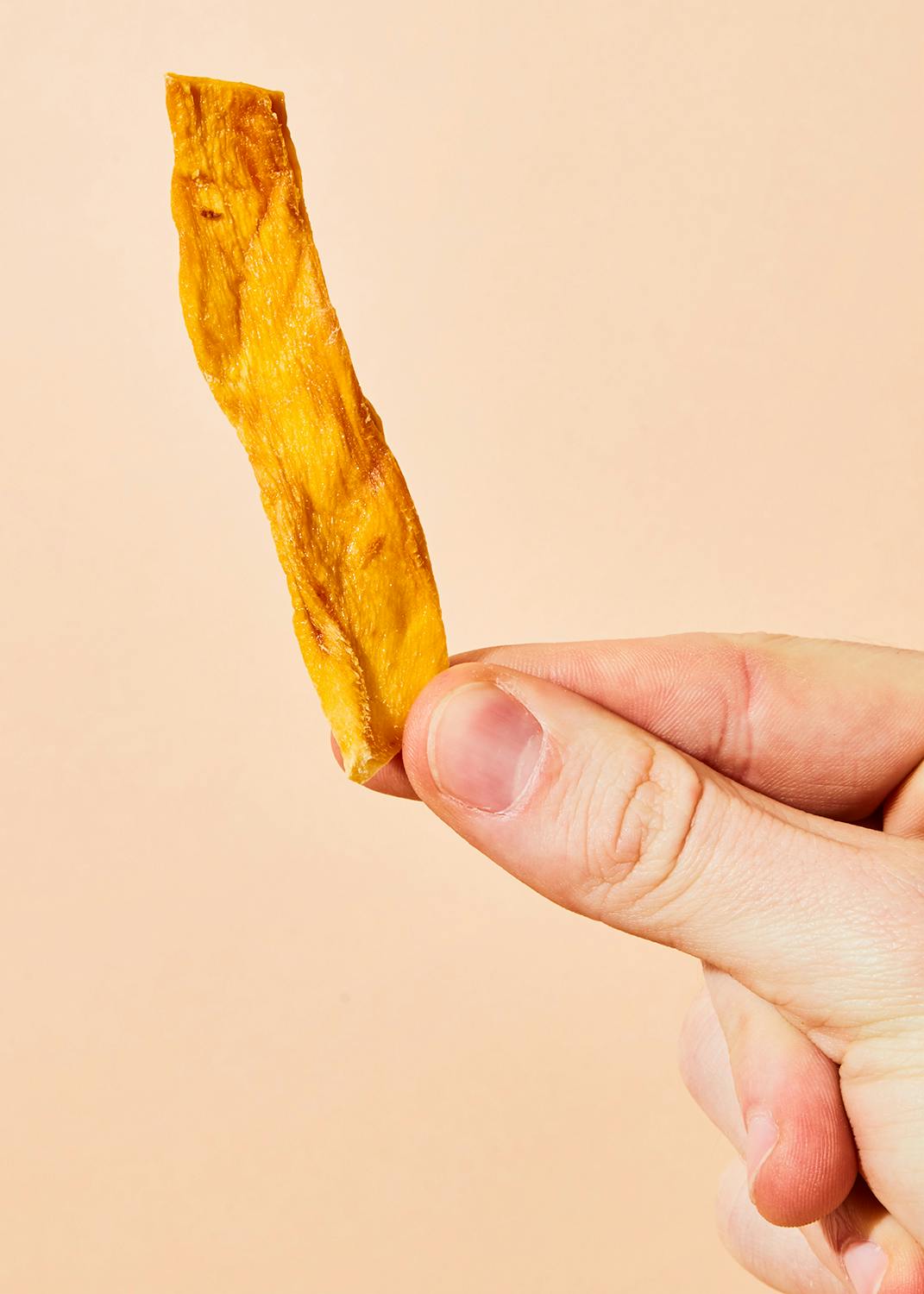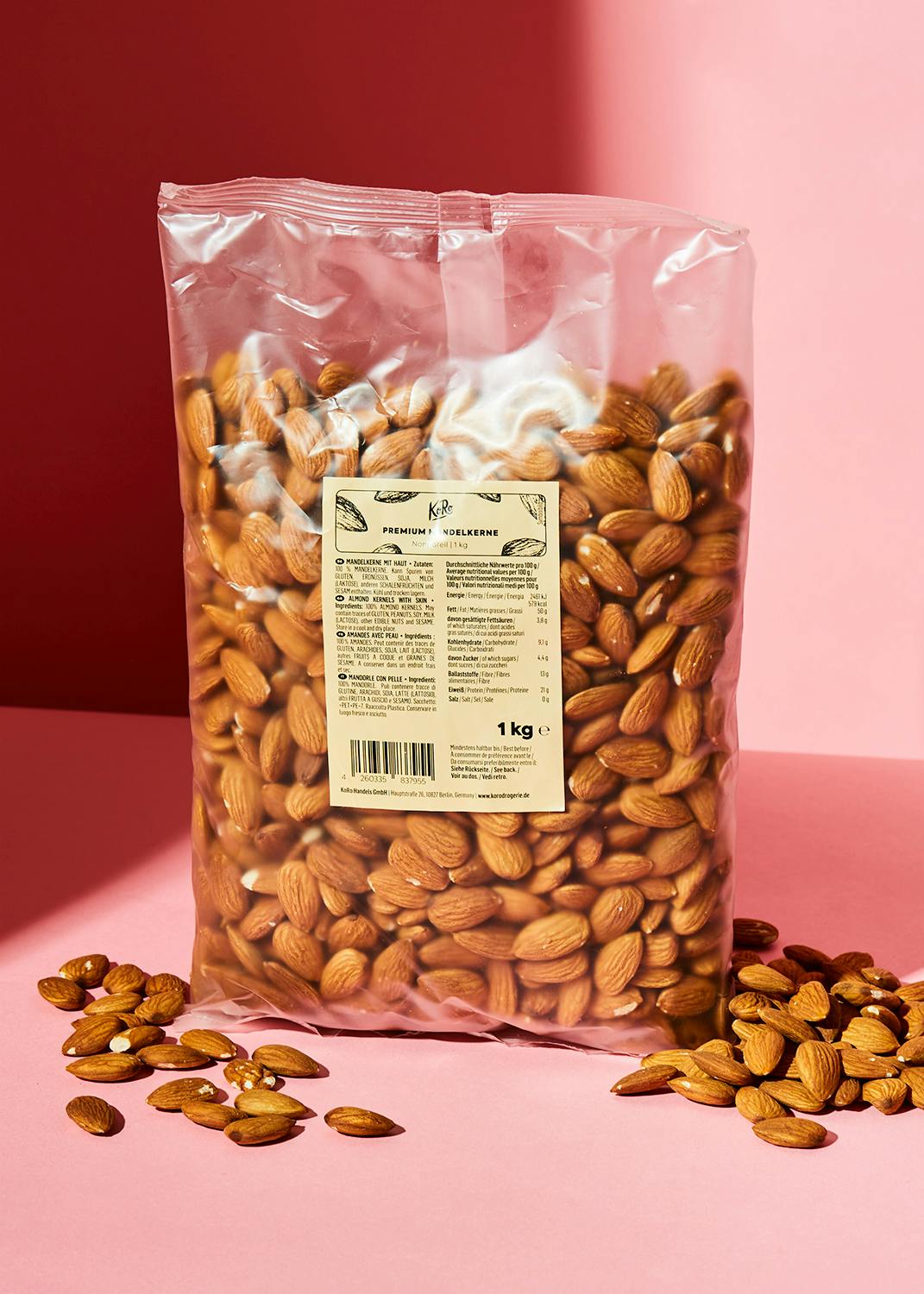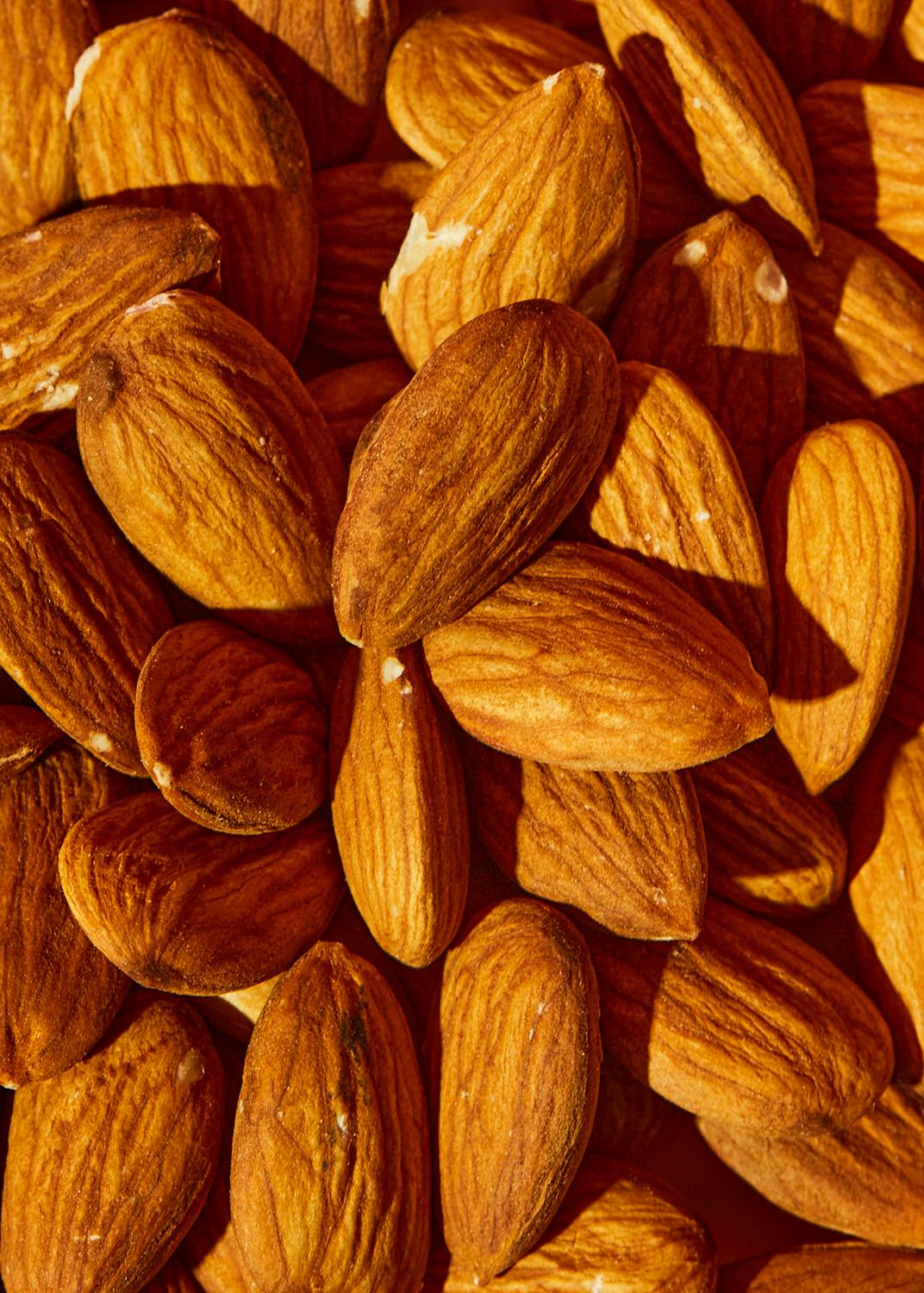Short supply chains – what does it actually mean?
The supply chain, also called value chain, includes all the steps that a product goes through before it reaches the end customer. With every procurement, processing, production or sale step, the product moves from retailer to retailer, a movement which involves costs as well as transport emissions, likely increased lack of transparency, and a possible change in packaging. We want to give you an example of such complex process:
The usual supply chain starts from the farmer and cooperatives. From there, the raw materials are usually transported to producers/manufacturers who process the goods further. Then they go to wholesalers who receive the goods from suppliers. The supplier has the goods repackaged in smaller retail packages and then hands them over to the retailer. The customer then buys them there. As you can see, quite a few steps from the origin to the supermarket shelf!
This is what a standard supply chain looks like.
Why are shorter supply chains so important?
If some intermediate steps are avoided, the transport route will be shorter. This means that short supply chains result in fewer CO2 emissions. There is also less packaging waste, as repackaging is then eliminated or reduced, for example by using the manufacturer's (large) packaging directly. This means that prices are cheaper for both us and you! If you buy directly from farmers or cooperatives, more of the purchase price usually stays with the producers in the country of origin and is not split between many intermediate stages (production, processing and multiple transport costs). Fewer intermediate steps also mean more control or influence over the flow of money and transport routes. Moreover, the quality and other standards at the production site can be checked more closely and guaranteed. A shorter supply chain means you are in closer contact with the producers and can build long-term relationships and trust with local partners. Shorter supply chains therefore include ecological, economic and social aspects.
KoRo's approach
At KoRo, we aim to shorten supply chains and ideally source products directly from the origin. Shortening does not mean that we do not source products from abroad but try to skip steps or actors in the supply chain. Here we explain in more detail which steps of the supply chain can be skipped and what challenges this poses for us:
Our approach: Keep supply chains as short as possible
Step 1: Skip the wholesaler
We usually source new products initially through wholesalers to test market interest. To reduce the risk of food waste, we initially purchase only small quantities. The wholesaler makes this easier. But we have our goal in mind: the shortest possible supply chain. Once we establish interest in a product, we set out to skip the wholesaler – we often achieve this quite quickly through larger purchase quantities because the product is popular with customers, or we can source the product directly from manufacturers with whom we already have a longer business relationship.
Step 2: Save on repackaging
If we go directly through the manufacturers, this often means we use the existing packaging there. This saves the intermediate step of repackaging. Also, with our standardised bulk packaging, we do not have to design additional packaging for each product, skipping the extra step of packaging development and production for many products.
For our premium almonds 1kg, our puffed spelt 400g, or our candied almonds 1kg, we use the manufacturer's packaging directly. Perhaps you have already noticed products such as the candied almonds 1kg in our shop, which we offer in packaging that looks like a blue plastic bag. This is not a design statement but the most visible example that efficiency and waste reduction are more important to us than aesthetics. The blue bags are the packaging from the manufacturer from whom we source the products.
Did you know: Compared to a conventional retail-sized package, we save on average 40% packaging per 1kg of product*! We currently offer just over half of our products in bulk packaging (1kg or more). (As of 03/2024)
Step 3: Source directly from the importer
If we recognise sufficient interest (usually about one pallet) in a (raw) product such as nuts or dried fruit and have established the necessary contacts, we approach importers directly to source the product. If we want to source products directly from outside Europe without an intermediary, we need a minimum order quantity of one sea container – usually more than ten tonnes of goods. Sourcing such quantities is not practical for every product, as we are a relatively small company and often have to pay large sums upfront. We cannot verticalise, i.e. shorten, all supply chains at the same time. However, to continuously improve, we conduct risk analyses regarding sustainability risks and prioritise where we have sufficiently high purchase quantities and see optimisation possibilities in the supply chain. For processed products, our long-term goal is to use our directly sourced raw materials to have more control and insight into the supply chain. However, this is not yet the case for many of our processed products.
Step 4: Work with producers at the origin
This is our goal and the pinnacle of food trading. The more products we purchase, the sooner we can shorten the supply chain to the origin and then influence it locally. This is ideal because it makes it easier for us to select the quantity we need. Otherwise, you may have to purchase whole containers. Given the current size of our company, this is not feasible for every product. There is also a high financial risk associated with purchasing larger quantities, as the acquired goods may not sell in time or may not meet the expected quality and spoil in storage. This path is usually only possible for raw materials, as processed products often contain various raw materials from different producers, making it harder to influence the supply chain. For optimising a supply chain, a long-term partnership is advantageous, and building such a partnership takes a lot of time and money. Farmers at the origin often do not have substantial financial resources, so we often have to pay in advance to enable collaboration. For a company our size, an upfront payment of about €400,000 for several containers of dried mangoes is a significant financial risk. The larger we grow as a company, the better we can go to the origin of the products. By the way, even when we source products directly from farmers on the ground, we do not necessarily know each farmer individually, as they are usually organised in cooperatives.
KoRo anecdote:
When we ordered our container of dried mangoes from Burkina Faso and paid in advance, we received a concerned call from the bank asking if we were sure we wanted to take this risk. Even years later, we can still say: Yes! We have built a great relationship with the supplier at the origin and are very proud of the collaboration and product quality.
Our vision is to shorten most of our supply chain to the origin. This would give us insight into the value chain up to the factory, cooperatives, or even the farmer on the ground. In the best-case scenario, products are harvested, processed, packaged in the country of origin, and then shipped to our warehouse and then to you.
Where does KoRo stand today? Where can we still improve?
Currently, we source 10–15 of our products, such as our dried mangoes or our cashews, directly from the origin or importers without intermediaries. We constantly strive to add more products directly from the origin to our portfolio. We want to know the value chain behind our products in detail and to be able to offer our goods at fair prices. Our journey is by no means over. We still have a long way to go and are constantly optimising our supply chains. The bigger we grow, the better we can minimise the number of steps, actors, and intermediaries in our supply chains.
As shortening supply chains brings many of the challenges mentioned above, we still need to source around 20% of our range through wholesalers. For the remaining 80%, we work directly with manufacturers, importers, or producers at the origin. One supply chain we are particularly proud of is that of our organic Fairtrade Brooks mango strips 1kg. We source these as a direct import from Africa. Another example is our unprocessed cashews, where we are already very close to our ideal supply chain and work directly with factories in Africa. More about this can be found here.
Our ideal supply chain using the example of our organic Fairtrade Brooks mango strips 1kg: From the origin directly to our warehouse.
